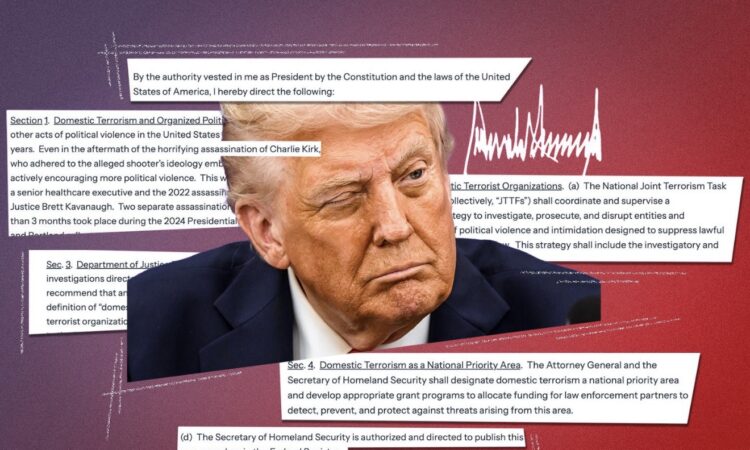
Based on recent actions, speeches, and policy decisions, it looks like President Donald Trump is trying to turn the legal system into a weapon against his political opponents. He’s also pushing for the military to play a central role in enforcing this agenda.
He seems to be laying the foundation for a kind of authoritarian rule something like a police state—right out in the open. He’s betting that the usual checks and balances in our system won’t stop him, just as they’ve often failed to in smaller ways since he started his second term less than a year ago.
Even though his public statements and executive orders don’t technically change the law by themselves they only give instructions to the executive branch they still matter. They shape how power is used. Courts can block these directives if they’re illegal, but the real question is whether our institutions will stand up to them or give in.
One of the clearest signs of Trump’s intentions came in a document he signed on September 25. It’s titled “Countering Domestic Terrorism and Organized Political Violence,” also known as NSPM-7. It starts by claiming that political violence has sharply increased in recent years, pointing to several examples, including the assassination of conservative activist Charlie Kirk. It paints these incidents as part of a growing crisis, even though some of the claims are misleading or exaggerated.
What’s missing from the document is just as telling—it doesn’t mention violent acts carried out by far-right extremists, such as the plot to kidnap the governor of Michigan or the January 6 Capitol attack. Nor does it mention that Trump later pardoned many of those involved in that attack.
The document defines “domestic terrorism” in very broad and politically slanted terms. It describes efforts to push for policy change or protest government actions as potentially part of criminal conspiracies. It even lists beliefs like anti-capitalism, anti-Christianity, and criticisms of traditional views on gender, family, and religion as common traits of so-called terrorist groups. In other words, it’s labeling a wide range of political views as dangerous or criminal.
It calls for a new national law enforcement strategy and new task forces to investigate and shut down groups that promote these ideas before they even do anything violent. This raises serious concerns, because it essentially criminalizes political thought and activism that goes against Trump’s preferred ideology.
A few days after releasing the document, Trump gave a speech to hundreds of top military officers. While much of it sounded like a typical campaign rally—attacking the media and his political opponents—he also made it clear that he expects the military to help him deal with what he called threats from inside the country. He talked about protesters and undocumented immigrants as enemies, and told the generals that they need to be ready to act.
He even encouraged violence in response to protests, telling troops that if someone spits at them, they should hit back. If someone throws a brick at their car, he said they should feel free to retaliate however they want. This is a huge shift away from traditional military restraint in dealing with civilians.
The Secretary of Defense, Pete Hegseth, reinforced this message in his own speech to the officers. He said they were done with legal processes and oversight that might slow things down, calling for more aggressive and even fear-based military training. Hegseth has a history of defending soldiers accused of war crimes and Trump has praised and pardoned those soldiers, even using them in campaign appearances. This sends a chilling message that violence is acceptable, and even rewarded, if it supports Trump’s goals.
Inside the military, reactions to this approach are mixed. Many service members still believe in following the law and staying out of politics. But others seem eager to embrace Trump’s aggressive stance. There’s evidence that far-right extremism exists in parts of the military, and some of the people involved in the January 6 attack were veterans. Reports have warned that some in the armed forces are becoming comfortable ignoring legal and ethical limits.
We don’t know exactly how many in the military support Trump’s views or how many oppose them. But if the military is ever ordered to act against American citizens or break the law, the country may face a dangerous test of loyalty and principle.
Meanwhile, there’s another troubling development: Trump has been using the military to attack small boats in the Caribbean, claiming they were carrying drugs. These attacks have killed 21 people so far. Even if the boats were smuggling narcotics, these killings weren’t legal. Drug trafficking isn’t punishable by death, and Congress hasn’t declared war on drug cartels. These were not attacks on American soil or against American citizens.
What’s more, these military strikes weren’t necessary. Around the same time, the U.S. Coast Guard made a record-breaking drug bust seizing over 76,000 pounds of narcotics without killing anyone. That’s how these operations have worked for decades: stop the boats, arrest the smugglers, and bring them to justice. The Coast Guard has been very effective using that approach.
But Trump and Hegseth have chosen a different path, one that’s more dramatic and violent. After the first boat attack, Hegseth bragged about killing the people onboard, warning that others would suffer the same fate. Trump even joked that no boats, not even fishing boats, dared to come out anymore.
He presented all of this to top military leaders—people responsible for millions of troops and a budget nearing $1 trillion as if it were a proud achievement. Watching the president and defense secretary high-five over these actions must have left some officers wondering what they would be ordered to do next. And if those orders broke the law or went against their oath to uphold the Constitution, would they have the courage to say no?
Trump’s recent moves his words, policies, and military actions point toward a growing willingness to use force, not just against foreign threats but against fellow Americans who disagree with him. And if this trend continues, we may soon find out just how strong our democracy really is.

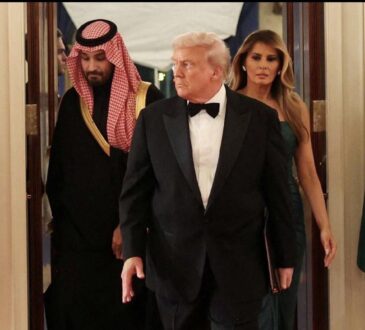
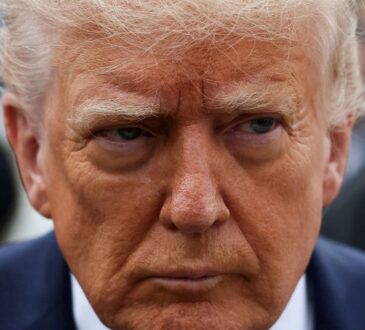
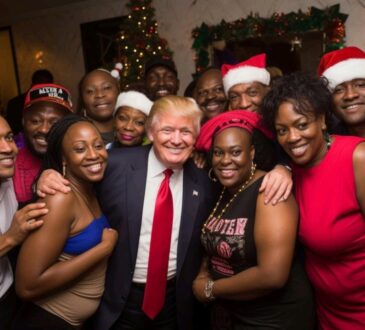
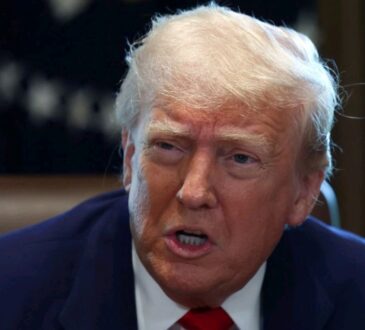
Will the USA now be supporting Democracy or Dictatorship?